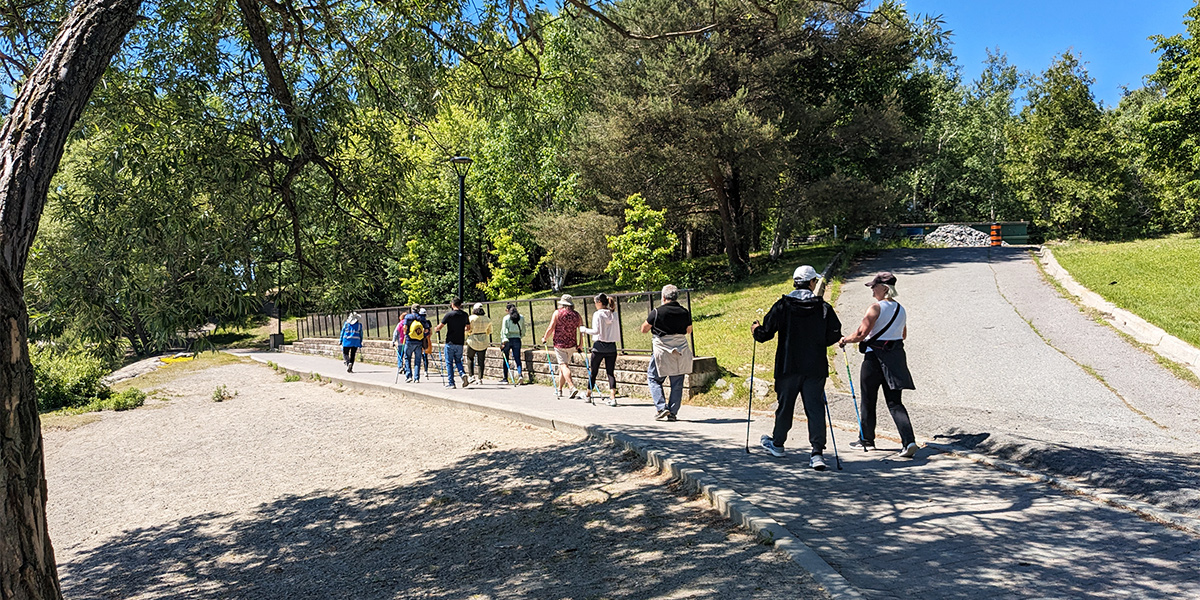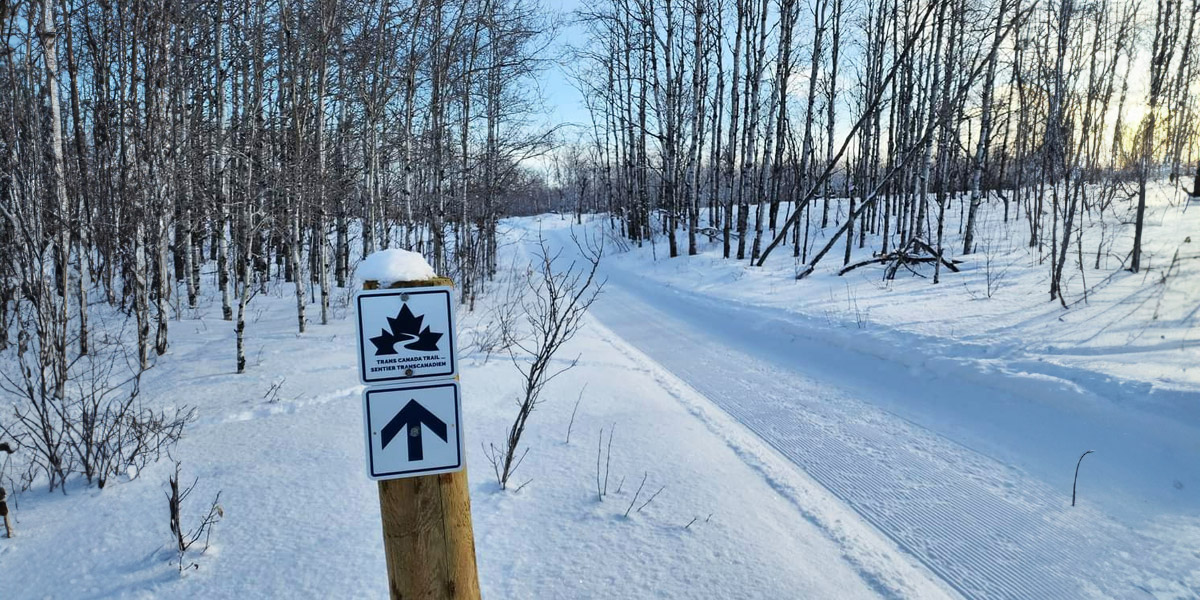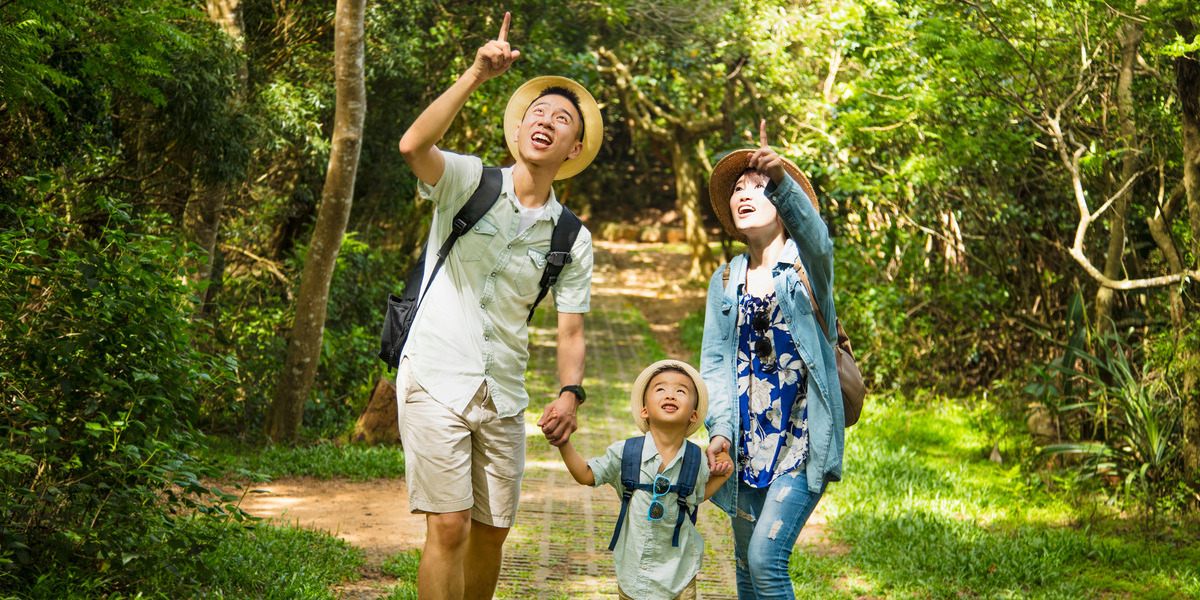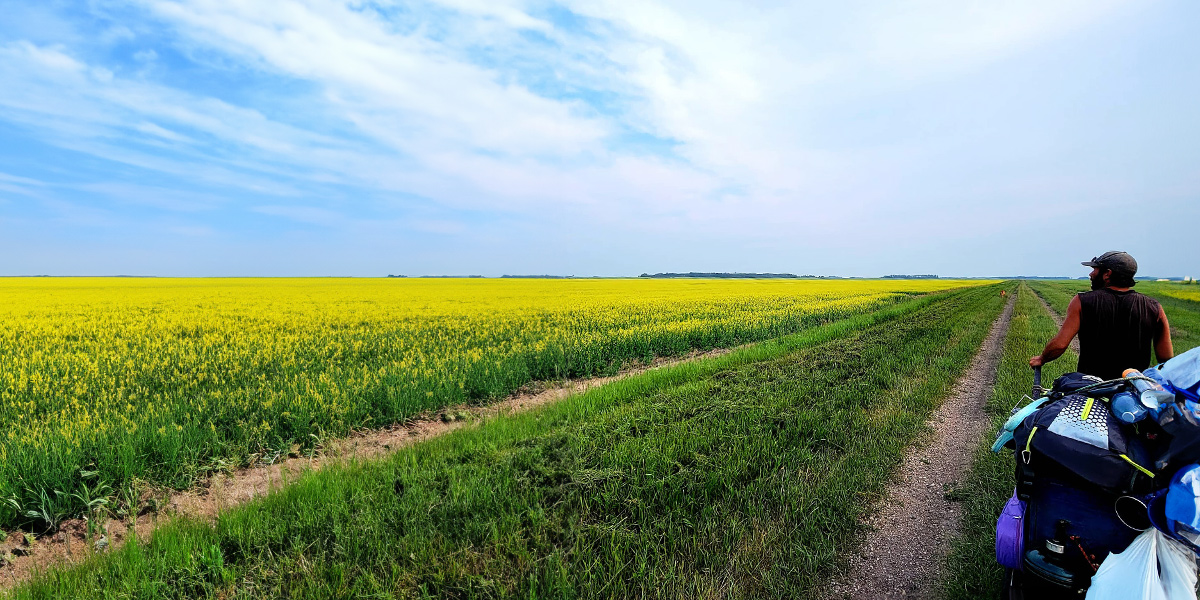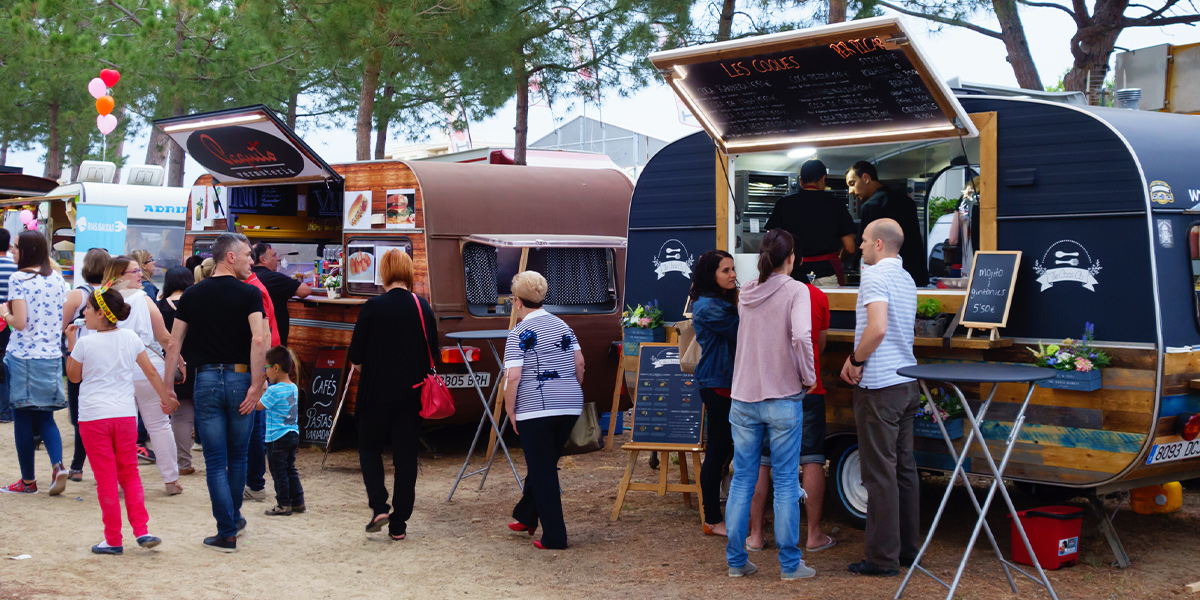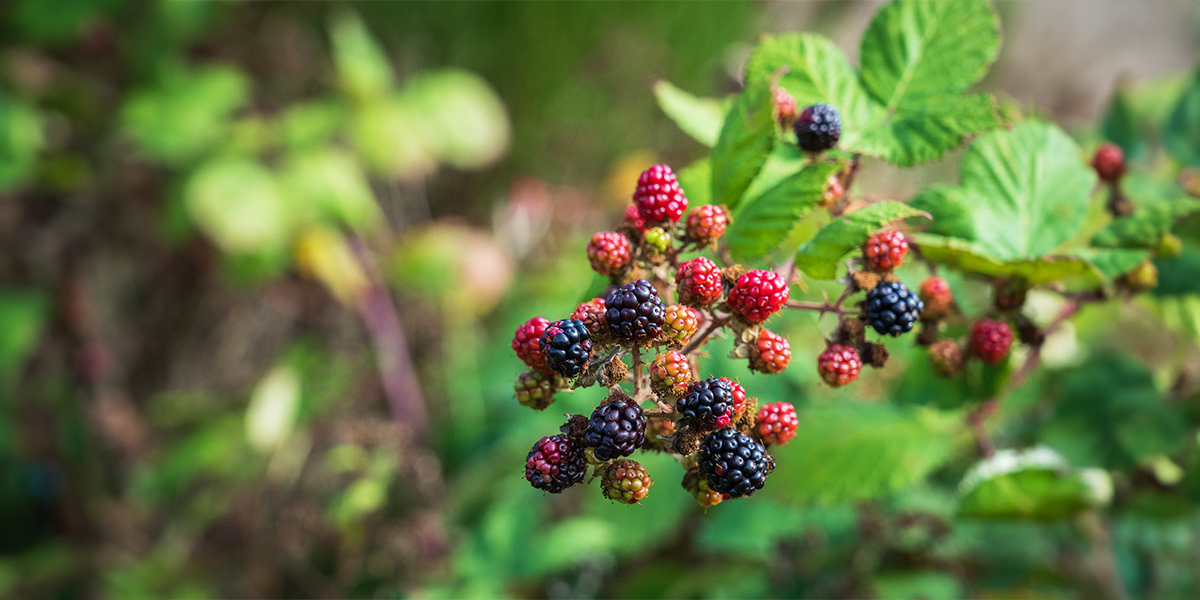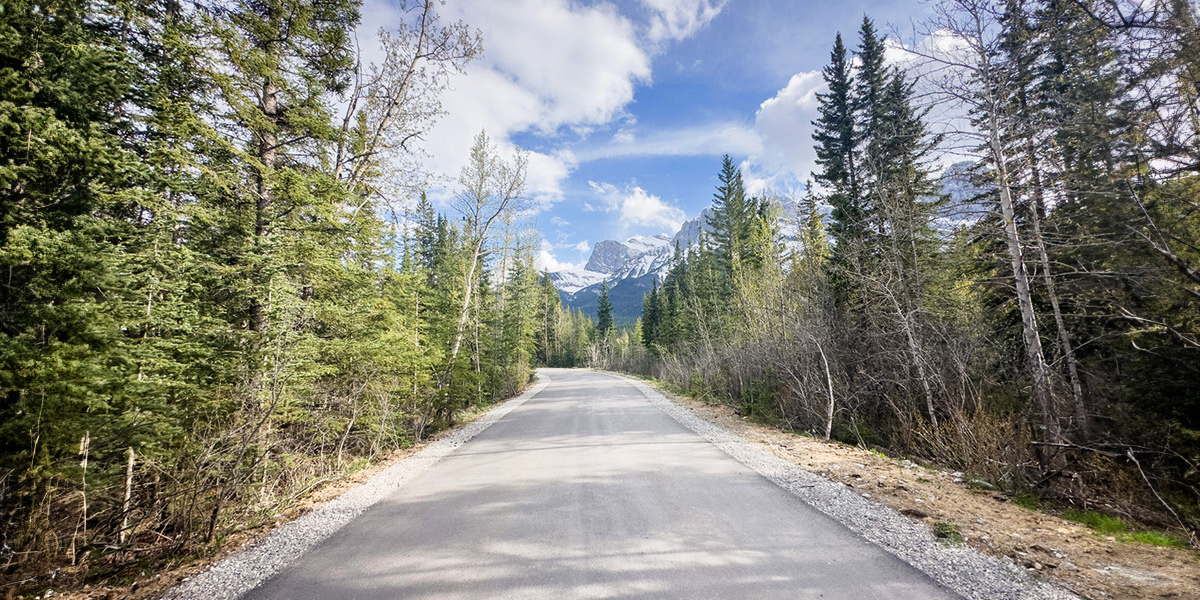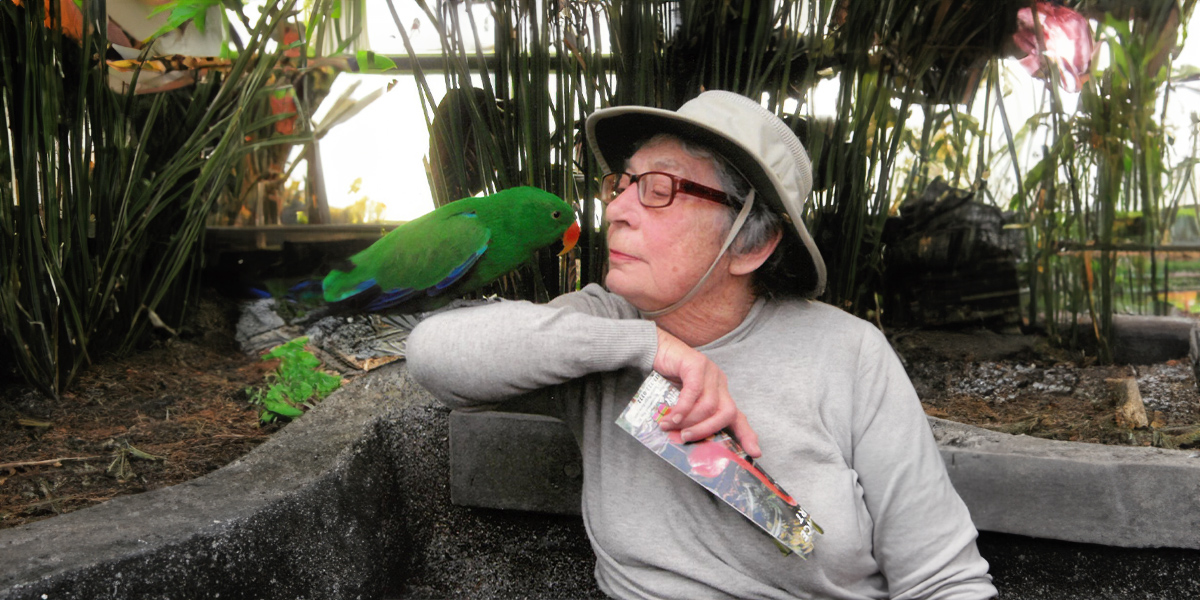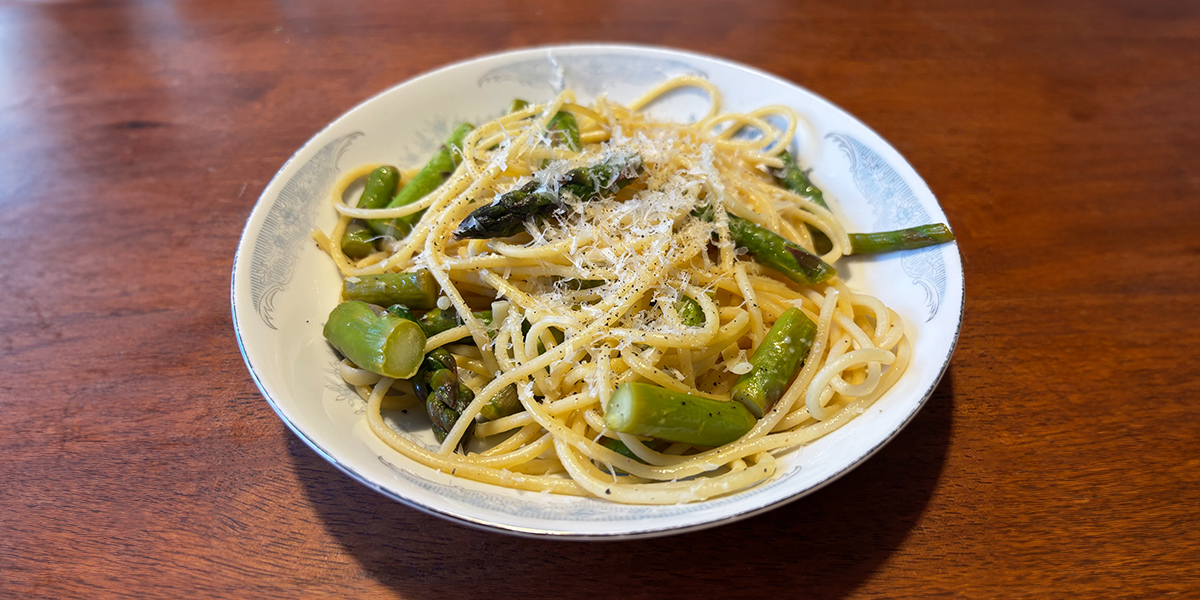The Life-Changing Impact of Trail Accessibility: A Conversation with Lisa Franks
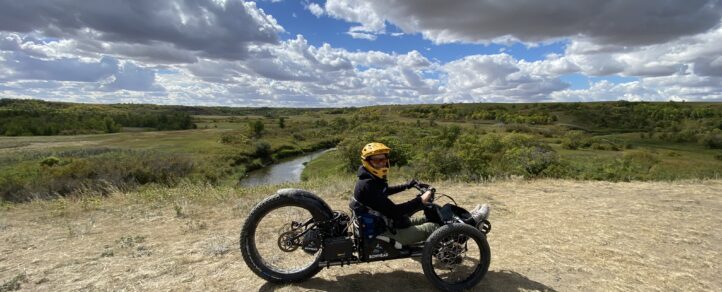
For several years, Trans Canada Trail has been working with accessibility mappers across Canada to share information and improve accessibility on the Trail, by working with trail users with disabilities to collect and disseminate information through AccessNow technology. Trail users in 54 communities – across every province and territory – can now obtain accessibility information.
We also wanted to find out how accessibility mapping informs the experiences and training routines of athletes preparing for a race or other challenge. Below, Lisa Franks, former Paralympian, accessibility mapper and frequent trail user, shares her insights on why accessibility mapping has an impact for athletes and for all trail users.
A safe place to ride on the Meewasin Trail… and beyond
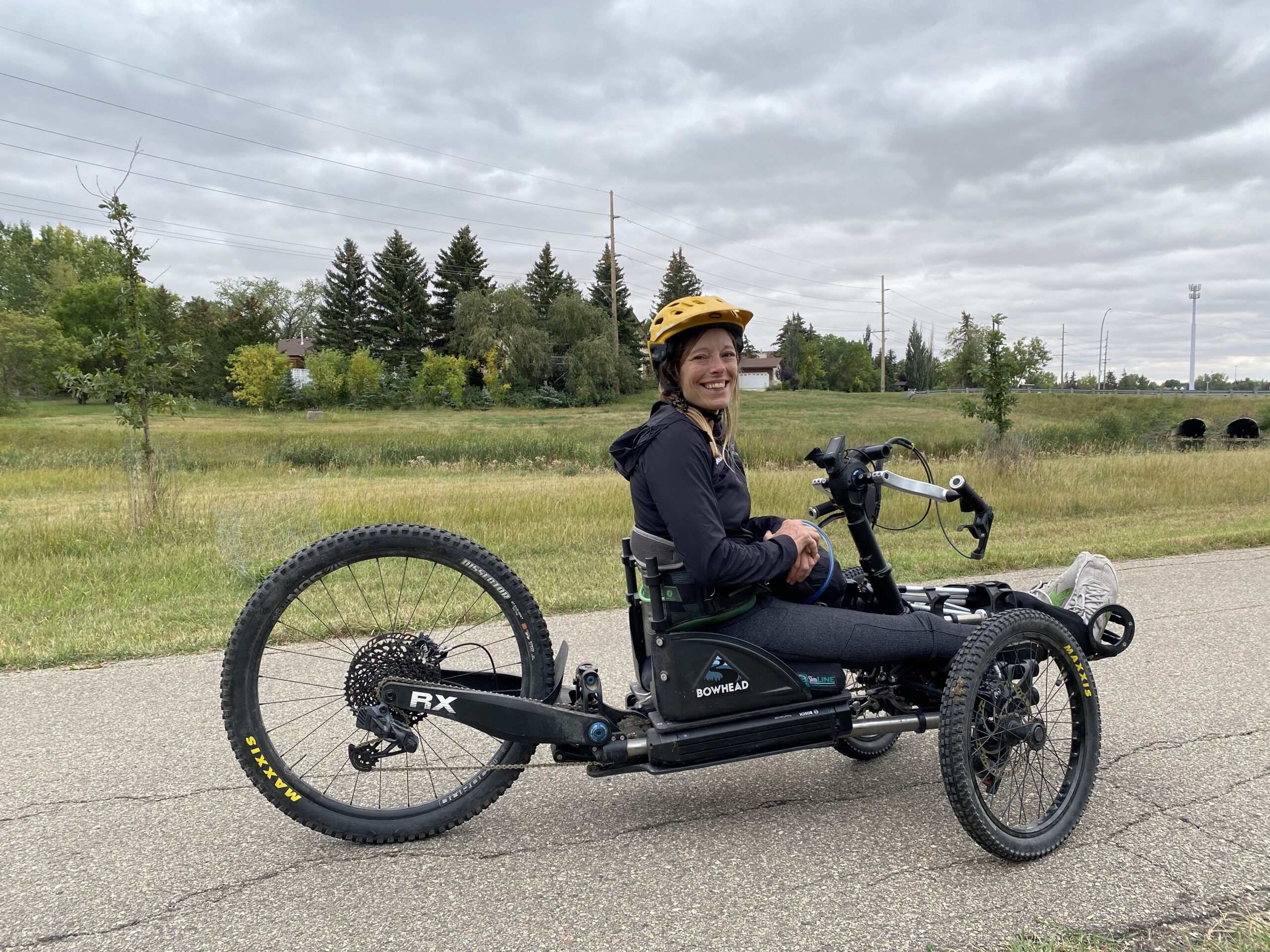
After acquiring a recumbent handcycle in 2017, Lisa became a frequent user of the Trail. “Because the handcycle is low to the ground and isn’t very visible, I don’t feel safe riding on the road. I’m fortunate that my home is only three blocks from the nearest Trans Canada Trail section, and there’s even a protected bike lane right from my home to the Trail. I probably would not have become so involved with handcycling if I didn’t have a safe place to ride that was so close and convenient to access. Transporting my handcycle by vehicle to another location requires a ton of planning and effort, so my passion for biking would not have grown if a place to bike wasn’t easily accessible for me. If I am in town, I ride two to four times a week on the Meewasin Trail,” she says. Lisa calls Saskatoon her home but is often relocating to other parts of Western Canada; she lives in a campervan full-time and travels frequently, so her training venue can change almost daily.
From the Paralympics to handcycling and adaptive mountain biking
Lisa Franks is an accomplished athlete and competitor: she competed in wheelchair racing for Team Canada from 1998 to 2005 on the track as well as in road races. In that time, she travelled all over the world and won a combined six gold medals and one silver medal at the 2000 and 2004 Paralympics. After a shoulder injury put an end to competitive racing – and following extensive rehab for her shoulder – she took up handcycling and adaptive mountain biking in 2017. Since then, she’s competed in the Queen City Marathon in Regina three times, as well as in the Sea Otter Classic mountain bike races in California.
Accessibility mapping for athletes and for all Trail users
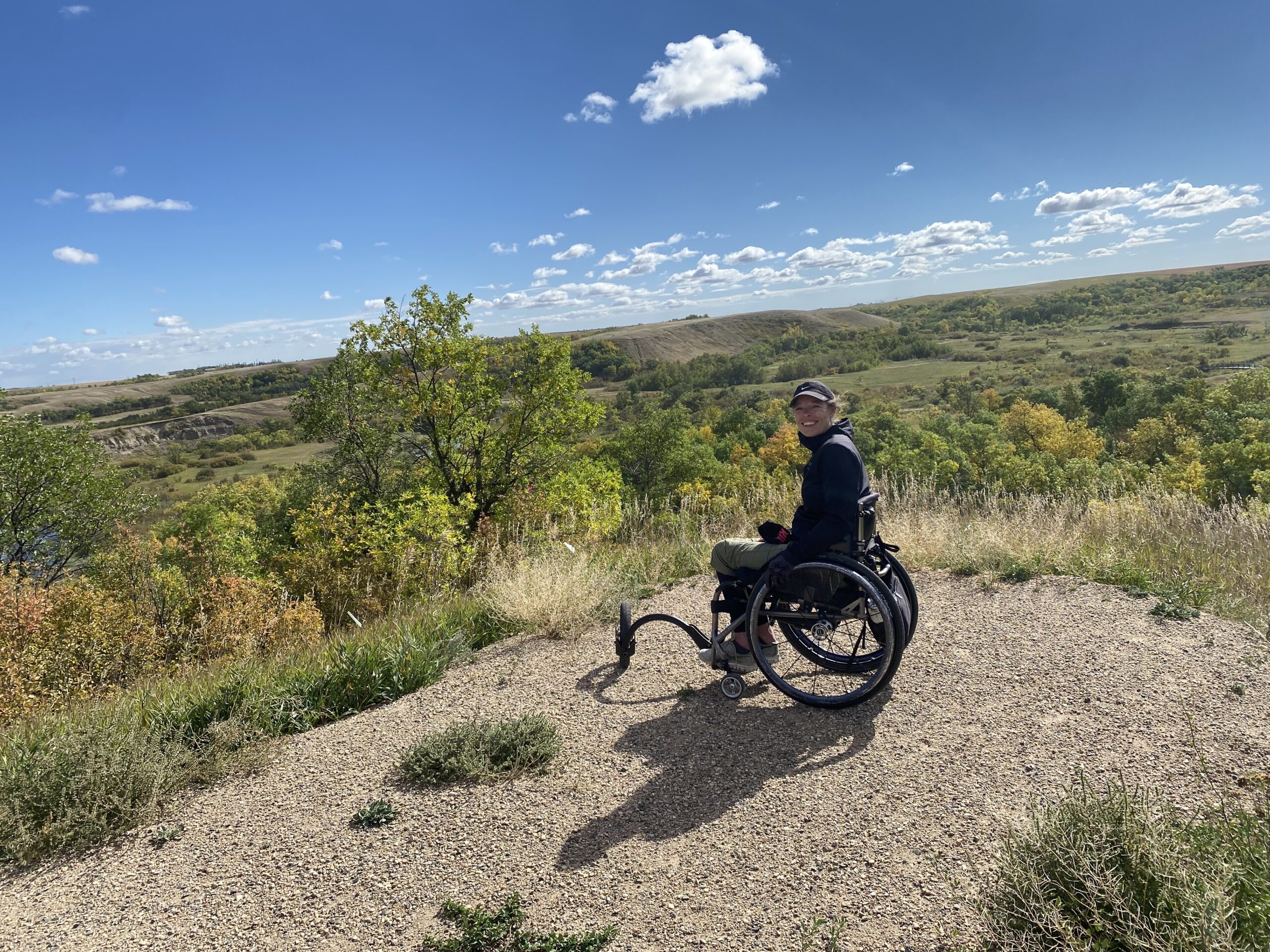
“I really enjoyed the experience [of accessibility mapping],” Lisa says. “On two occasions, I was joined by someone who had an active role in the design and maintenance of the trails we were on. It was incredibly informative to hear why they did certain things the way they did, and it was fulfilling to know that the positive and negative things we encountered would really be taken to heart. It is also a huge bonus to know that the info we gathered is public and can help others decide if the trail will suit their needs.”
While accessibility mapping, Lisa says she widened her scope; she not only thought of trails from her perspective as a longtime athlete looking for a challenge, but also considered other users’ needs and interests. “Being an athlete really forced me to look at the mapping through a different lens. I am relatively strong for a wheelchair user, and I do sometimes want a challenge on a trail. I love going for a long wheel or cycle, and I don’t mind if it’s a bit of a grind. While I was mapping, I really tried to keep in mind people of other abilities. I tried to visualize how someone with a power wheelchair or someone with a visual disability could navigate the trail,” she says. She continues, “I tried to tone back my ‘athlete mentality’ and see how the trail suited someone that just wanted to go for a leisurely stroll. It was eye-opening to slow down and view the trails from a different perspective.”
The impact of trustworthy information for trail users
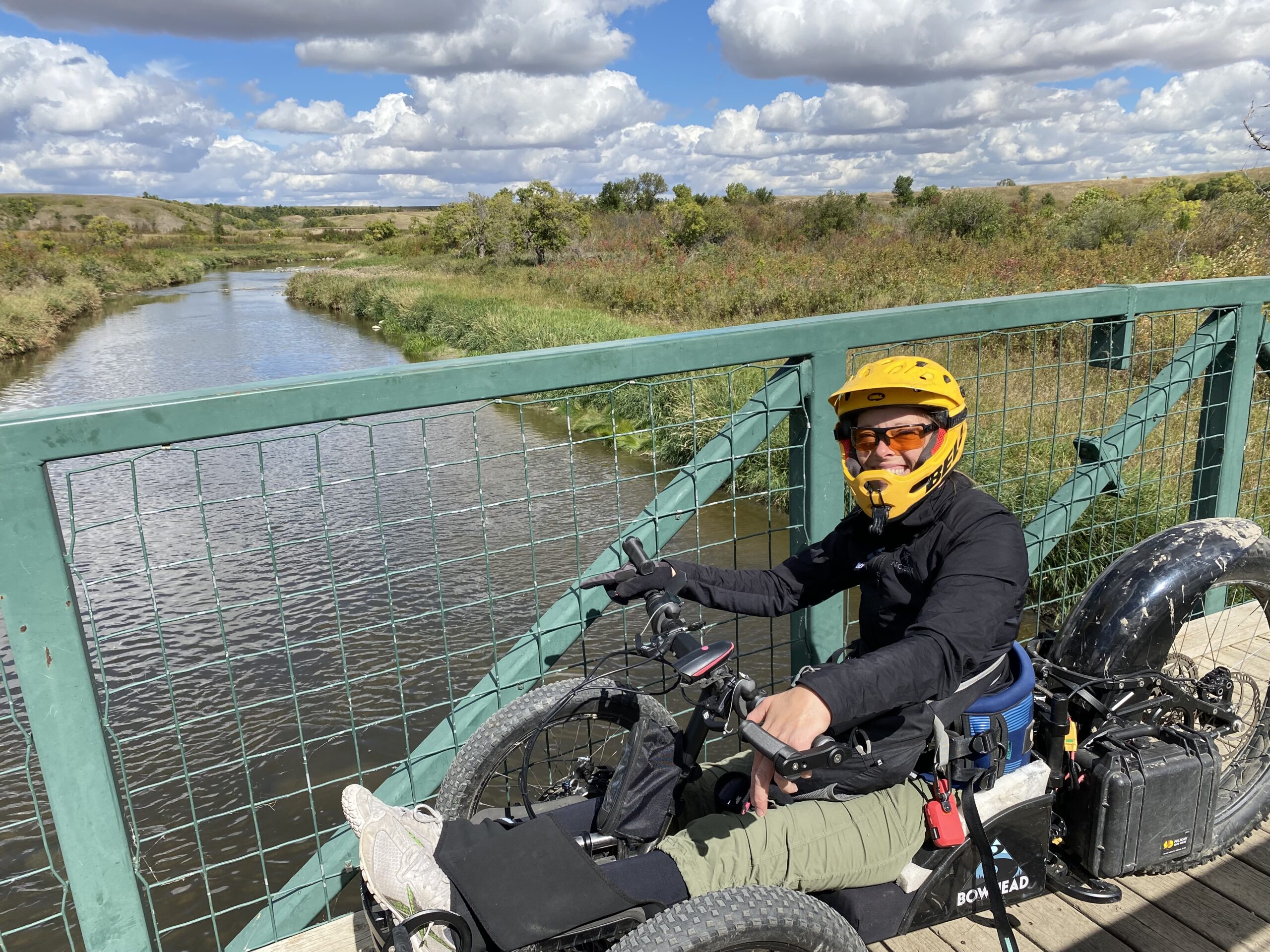
“Before trail mapping, I never really knew where to turn for trustworthy information on trails that might work for me. I would stick to the few trails that I knew but I was afraid to venture farther. Learning about the trail mapping information available and Trans Canada Trail in general gave me more resources on where to look for trails. When I find myself in a new region, the first thing I do is look to see if there is a section of the Trail around me. I have become much more adventurous and willing to try new trails on my bikes or wheelchair,” Lisa says.
A crucial resource for accessibility in the outdoors
“When you have a disability, information is key if you are planning an outing. Even something as simple as going to a restaurant can turn into a negative experience if it turns out to be inaccessible,” Lisa says. Before she goes anywhere, she’ll check on Google maps to see if a building has stairs or other barriers to wheelchair users.
Accessibility details for the outdoors “is so much harder to obtain,” she says. “The information provided by accessibility mapping is a crucial resource – someone can look at pictures from the trail mapping and decide for themselves whether a trail will work for them or not. My dream world would involve having pictures and information about trail width, slope, pinch points, and so on, for every single trail out there. We have a long way to go.”
For those training for a race or other athletic event, access to accessibility-mapped trails can help them decide where to train along the Trail and be more aware of what Trail sections are appropriate for their training goals.

Lisa Franks on where the Trail is going in the future, and why it should be celebrated
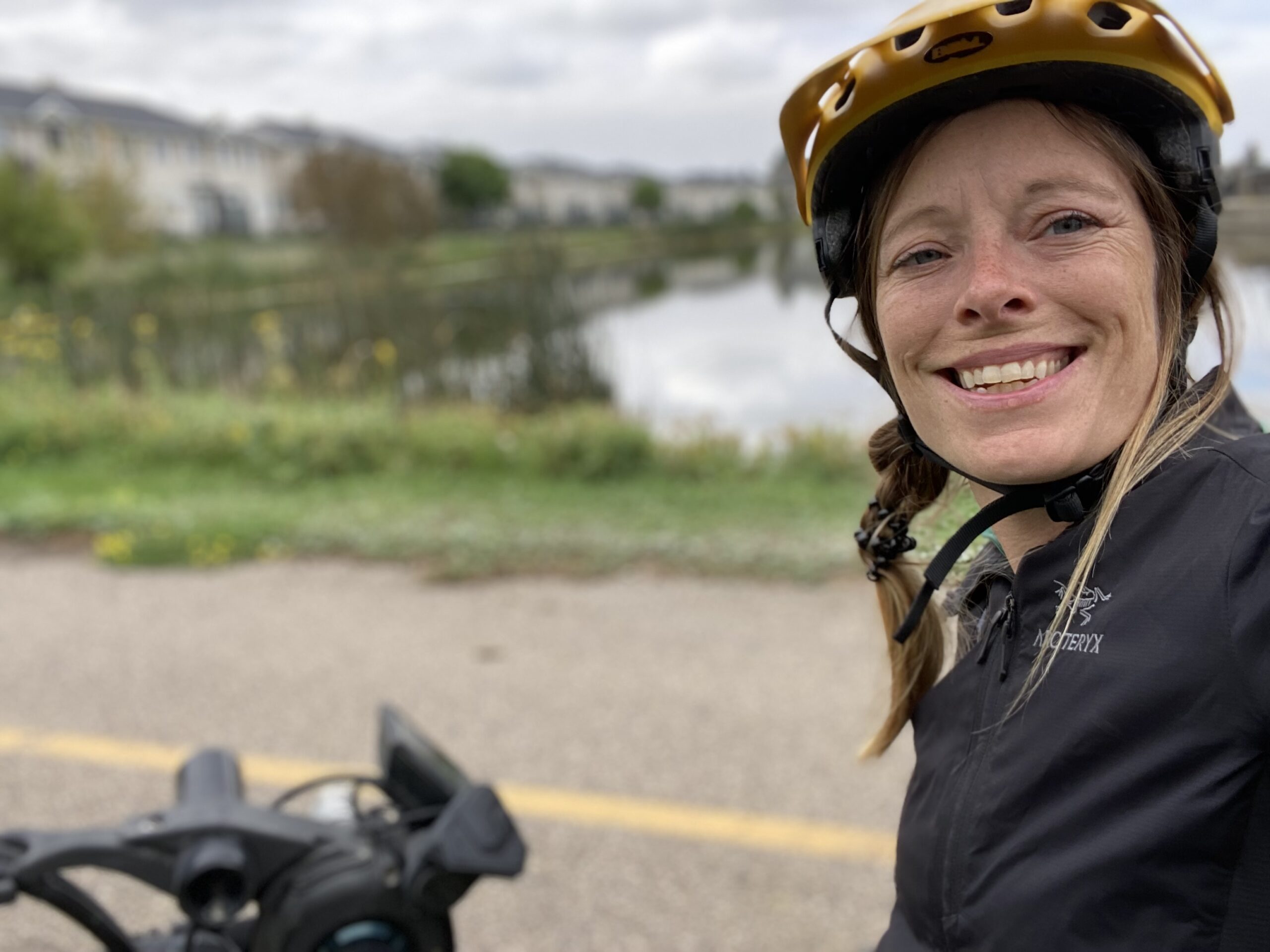
Favourite Trail section: “My favourite section of the Trans Canada Trail is in Whistler, BC, and part of the Sea to Sky Trail. It was the first trail I had been on that was incredibly smooth for my suspension-less mountain bike. At one point, the trail comes to a beautiful vista that overlooks Green Lake, with a mountain landscape in the background. As a wheelchair user, there was a time I never thought I could access views like that but with the recent developments in adaptive mountain bikes and the accessibility work undertaken by Trans Canada Trail, it’s entirely achievable.”
On using the Trail in daily life: “I mostly use the Trail for recreation. The beauty of the Trans Canada Trail is its diversity. Sometimes I go for a jaunt in my wheelchair with a friend to chat and get exercise. Sometimes I use my road bike for cardio. Sometimes I use my mountain bike to get deep into nature and for beautiful vistas. I’m often using the Trail solo, especially when I am travelling between destinations. My use of the Trans Canada Trail is as diverse as the Trail and the people it’s intended for.”
On what resonates most about Trans Canada Trail’s work, mandate and hopes the future: “I would love to see even more work go into making ‘rugged’ trails accessible. The improvement of adaptive mountain bikes has opened up a whole new world and the equipment and the trail infrastructure have to work in unity. It’s wonderful to see people who require mobility devices get off the pavement and deep into nature. One trail I mapped was built specifically for adaptive mountain bikes, but it was not maintained over the years and was no longer accessible. Trans Canada Trail has done amazing work, but some local organizations need more education about the importance of accessibility to fully support the work Trans Canada Trail does.”
On what access to the Trail means on a personal level: “[Access to the Trans Canada Trail] means I can get outdoors, and this improves my mental and physical health. Accessible trails mean I can do an activity alongside my friends without being a burden to them. It gives me peace of mind to know I won’t run into a bridge that is too narrow and need to be carried over, or encounter a hill so steep that I need a push to get up.
“Access to the Trans Canada Trail makes me feel welcomed. I’m invited to the party that everyone else is attending. I can be included in a world where I quite often feel excluded.”



